
The Ichneumonidae, also known as ichneumon wasps, ichneumonid wasps, ichneumonids, or Darwin wasps, are a family of parasitoid wasps of the insect order Hymenoptera. They are one of the most diverse groups within the Hymenoptera with roughly 25,000 species described as of 2016. However, this likely represents less than a quarter of their true richness as reliable estimates are lacking, along with much of the most basic knowledge about their ecology, distribution, and evolution. It is estimated that there are more species in this family than there are species of birds and mammals combined. Ichneumonid wasps, with very few exceptions, attack the immature stages of holometabolous insects and spiders, eventually killing their hosts. They thus fulfill an important role as regulators of insect populations, both in natural and semi-natural systems, making them promising agents for biological control.
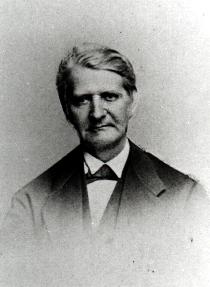
Arnold Förster was a German entomologist, who worked mainly on Coleoptera and Hymenoptera.

Banchinae is a subfamily of ichneumonid parasitoid wasps containing about 1,500 species; the genera Glypta and Lissonota are very large. The three tribes are all distributed worldwide.
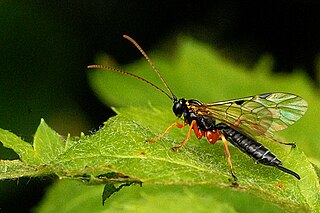
Pimplinae are a worldwide subfamily of the parasitic wasp family Ichneumonidae.

Acaenitinae is a subfamily of the parasitoid wasp family Ichneumonidae. Female Acaenitinae have a large triangular projecting genital plate.
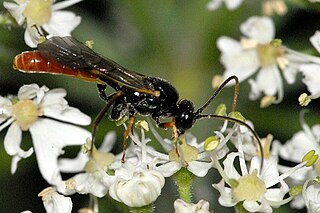
The Tryphoninae comprise a worldwide subfamily of the parasitic wasp family Ichneumonidae.

Mesochorinae is a worldwide subfamily of the parasitic wasp family Ichneumonidae.
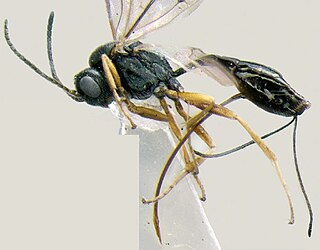
Tersilochinae is a worldwide subfamily of the parasitic wasp family Ichneumonidae.
Allophroides is a genus of the parasitic wasp family Ichneumonidae. The type species is Allophroides boops.

Allophrys is a genus of the parasitic wasp family Ichneumonidae.
Australochus is a genus of the parasitic wasp family Ichneumonidae. It currently consists of only one species, Australochus clypeator.
Aneuclis is a genus of the parasitic wasp family Ichneumonidae.

Trogus is a genus of parasitoid wasp found in the Holarctic and Neotropic regions. It is placed in the subfamily Ichneumoninae and the tribe Ichneumonini. Trogus species are parasites of larvae and pupae of the swallowtail butterfly family, Papilionidae. The genus consists of twelve extant and one extinct species.
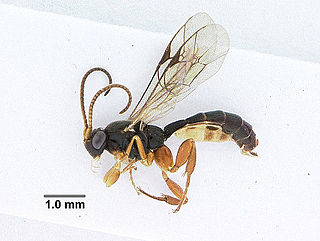
Orthocentrinae is a subfamily of ichneumon wasps in the family Ichneumonidae. There are at least 29 genera in Orthocentrinae.
Astiphromma is a genus of parasitoid wasps belonging to the family Ichneumonidae.
Campoletis is a genus of parasitoid wasps belonging to the family Ichneumonidae.
Phradis is a genus of parasitoid wasps belonging to the family Ichneumonidae.
Sinophorus is a genus of parasitoid wasps belonging to the family Ichneumonidae.
Allomacrus is a genus of parasitoid wasps belonging to the family Ichneumonidae.

Callidora is a genus of parasitoid wasps belonging to the family Ichneumonidae and the subfamily Campopleginae. It is relatively species poor, with only five recognized species.












